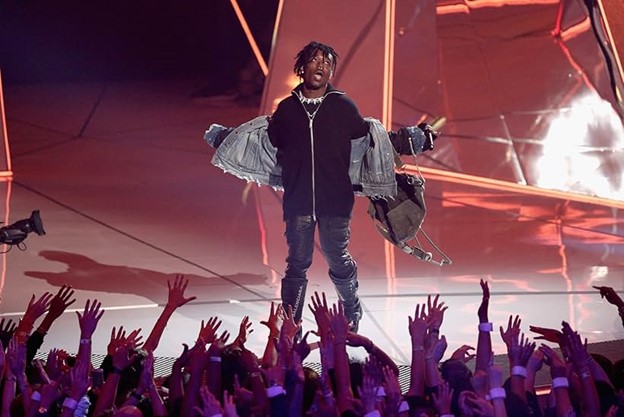Over 1,000 years ago, an anonymous Germanic writer gave us the most enduring poem in the English language. This poem was “Beowulf,”an epic spanning over 3,000 lines of alliterating Old English.
Largely ignored by scholars for centuries, it was not until the likes of J. R. R. Tolkien reexamined the work as art — not just a piece of history — that it began to make its mark. Dozens of translations have since emerged as testament to its timeless narrative and themes, cementing it as an immovable force. With its course set, it gained a reputation as legendary as the great Prince Beowulf himself, taking its rightful place as one of Western literature’s original masterpieces.
“Beowulf” is a thrilling tale that pits man against monster. Its titular hero boasts superhuman strength, fearless bravado and an insatiable appetite for adventure. Hearing of Grendel, a beast terrorizing the neighboring Danes, he gathers his strongest warriors and sets off for Heorot Hall to save his fellow men. Over the course of the poem he is thrust into a series of conflicts, having to save his allies from greater and greater threats. Though introduced as an ideal of bravery and strength, his capabilities are challenged through his increasingly dangerous encounters. It’s a bulletproof premise for a fast, enthralling read.
Among the piece’s most enduring appeals is its simplicity. The narrative is not a complicated one; mirroring the rule of three, the story unfolds in a trio of dramatic battles, interspersed with brief spells of raucous celebration. It is simple perhaps out of necessity, as Anglo-Saxon scops (poets) had to memorize the entire poem so it could be transcribed. As such, the rhythm follows set-in-stone rules — largely reliant on an alliterative pattern — and the narrative sticks to a basic structure to avoid confusion.
Thankfully, “Beowulf” doesn’t need complexity to stay compelling; what makes it so commendable is its execution. Endowed with somber, elegiac moments and interwoven with a detailed sense of history, the straightforward narrative achieves a depth indelible on the reader’s mind.
Yet another factor in its appeal is the palpable spirit of daring and adventure. Beowulf revels in risk-taking, imbuing his tale with a constant, death-defying lust for excitement that grants the story its immense lasting power. While at times subdued — vaguely historical, even — it embraces a mythical tonality that accentuates the hero’s bravery, such as we see in Beowulf’s plunge into the murky, beast-infested depths to battle a monster in hand-to-hand combat. But, for every moment of spectacular heroism, there is a scene of lament. For every raging battle, there is a burning funeral pyre, honoring the glory of a lost hero. The back-and-forth between the two contrasting tones serve to strengthen both of them, creating a series of dramas and catharses all but unmatched, even today.
While largely unrecognized until the 1900s, the epic has already had its share of influence. The Germanic names and values gave linguists and fiction writers plenty to work with; Lord of the Rings is largely based upon it, for example. The high adventure, the fearsome monsters — it all serves as a framework for the fantasy read by millions today. But the original story has more than bloodshed to offer. An early instance of several literary and poetic devices—caesura, enjambment, alliteration and the kenning, the latter of which was highly characteristic of Anglo-Saxon poetry — it’s had a hand in shaping a myriad of novels and poems. One might even claim it is the most direct influence on the punchy, larger-than-life tone that defines countless contemporary works.
The unknown Beowulf poet’s work exists only in Old English, but that hasn’t stopped a surge of acclaimed translations from revitalizing the text for a modern audience. Seamus Heaney’s attempt, though often referred to as “Heaneywulf” by academics for not fully reflecting the form of the original, admirably updates the text to accessible, contemporary verse. The likes of Roy Liuzza and Howell Chickering, on the other hand, exchange readability for a more direct, faithful recreation. While these are among the more famed versions, there is no shortage of options; with hundreds in print, there is one for any reader.
With this all in mind, one cannot endorse “Beowulf” enough. It has the canonical significance to allure any bookworm, and the high-octane thrills to please everyone else. There are countless translations to choose from— each with their own spin on the lengthy tale —so do yourself a favor and pick one up. You won’t regret it.
Lucas Jones can be reached at [email protected].



















